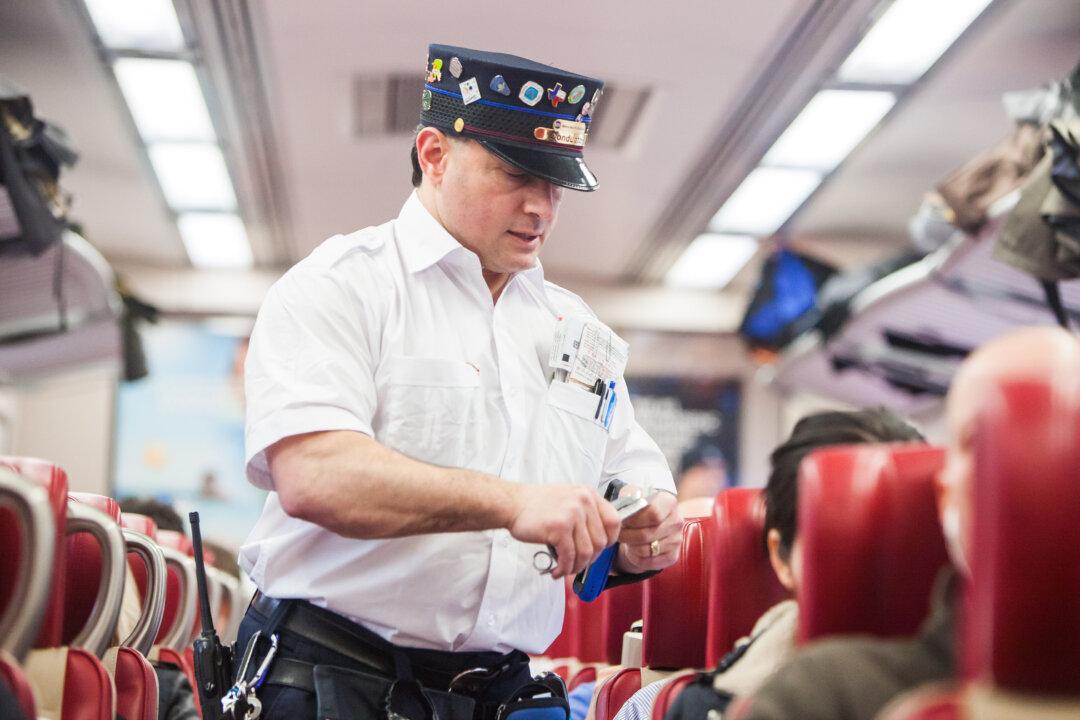NEW YORK—In the age of apps and QR codes, Metro-North conductors are still manually hole punching tickets when passengers board a train. Why?
Metro-North, which runs between New York City and its northern suburbs, is the second largest suburban commuter railroad in the nation (Long Island Railroad is the largest). It has an annual ridership that exceeds 83 million.
Metro-North was planning to create a mobile ticketing app that would allow riders to purchase tickets from their smartphones or tablets and go paperless.
Tests for the app began in summer 2012, however, there is “no estimate” when the app will be available; in fact, the completion of the app is “a long way off,” according to Marjorie Anders, an MTA spokeswoman.
“We are eventually going to change the [ticketing system] … we don’t know what format yet,” Anders said. “At this point, there is no new fare medium for Metro North.”
That may not be a bad thing.





